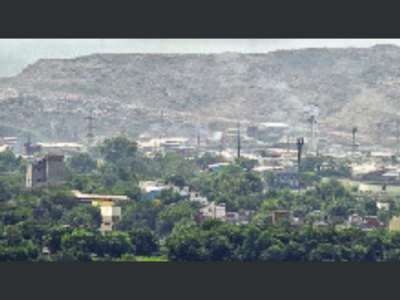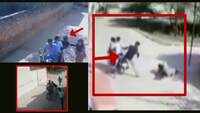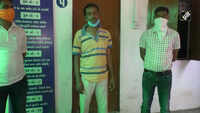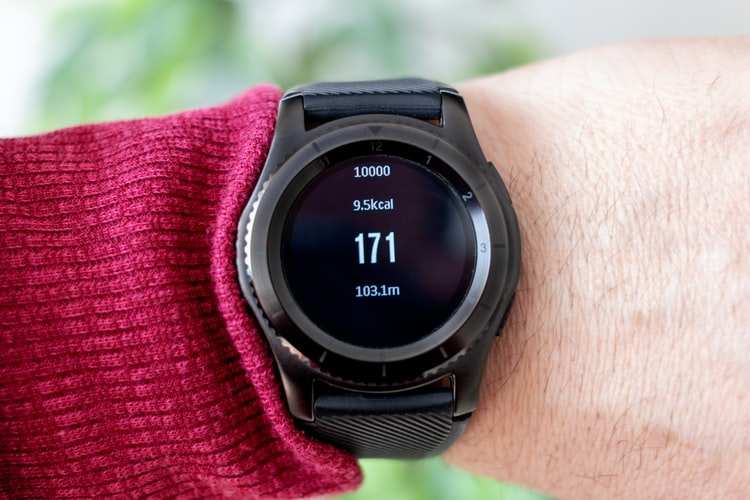
AHMEDABAD: A toxic cloud hangs over the tony precincts of the city with a dispersion model for Pirana’s noxious fumes suggesting coverage of 12km around the dump. This encompasses areas such as Ambawadi, Paldi, Navrangpura, Satellite, Vastrapur and Bodakdev.
The Pirana landfill, apart from pushing out methane, is also spewing a cocktail of volatile organic compounds (VOC), toxic gases released from burning. These gases have potential to cause cancers, heart and respiratory ailments. This new study has measured these toxic gases in the vicinity and beyond Pirana. Scientists from Physical Research Laboratory, Ahmedabad; IIT-Gandhinagar; Sardar Patel University, Vallabh Vidyanagar; Indian Institute of Tropical Meteorology, Pune; and Amity University, Delhi, conducted the study.
Experts want monitoring of VOCs in urban air
For the first time since 2017, they mapped the spread of 20 non-methane VOCs from Pirana.
Areas affected include Ranip,Motera, Sabarmati, andsurrounding localities in the west of the city; and those as far as Hathijan, Vatva, Vastral, Maninagar, Isanpur, and Bapunagar in the east. On three days in May 2017, the dispersion model showed the choking vapours grasping Kathlal and other areas near faraway Kheda.
The gases include isoprene, benzene, cis-2-butene, propylene, meta-xylene, ethylene, and trans-2-butene.They accountfor 72-75% of the 20 non-methane VOC gas concentrations emanating from Pirana. The scientists used the gas chromatography-flame ionization detector (GC-FID) for measurements.
The scientists have urged indepth monitoring of VOCsin urban air which may help frame regulations and policies to limit the respiratory damage to the city.
“Aromatic VOCs are potentially toxic and exposure to elevated concentrations can be harmful to human health,” says the study, published in the prestigious Elsevier’s Heliyon-Cell Press Journal.
The scientists had collected gas samples at the site, within 500 metres and 800 metres, and then 2.5km away from Pirana. The smoke was measured both in upwind (origin) and downwind directions.
An interesting insight was that the ratio of toluene-butane gasesfrom thePirana dump was threetimeshigher than thatof12 traffic junctions in the vicinity.
“The International Agency for Research on Cancer and the US Department of Health and Human Services have determined that benzene is carcinogenic to humans,” says the study.
The Pirana landfill, apart from pushing out methane, is also spewing a cocktail of volatile organic compounds (VOC), toxic gases released from burning. These gases have potential to cause cancers, heart and respiratory ailments. This new study has measured these toxic gases in the vicinity and beyond Pirana. Scientists from Physical Research Laboratory, Ahmedabad; IIT-Gandhinagar; Sardar Patel University, Vallabh Vidyanagar; Indian Institute of Tropical Meteorology, Pune; and Amity University, Delhi, conducted the study.
Experts want monitoring of VOCs in urban air
For the first time since 2017, they mapped the spread of 20 non-methane VOCs from Pirana.
Areas affected include Ranip,Motera, Sabarmati, andsurrounding localities in the west of the city; and those as far as Hathijan, Vatva, Vastral, Maninagar, Isanpur, and Bapunagar in the east. On three days in May 2017, the dispersion model showed the choking vapours grasping Kathlal and other areas near faraway Kheda.
The gases include isoprene, benzene, cis-2-butene, propylene, meta-xylene, ethylene, and trans-2-butene.They accountfor 72-75% of the 20 non-methane VOC gas concentrations emanating from Pirana. The scientists used the gas chromatography-flame ionization detector (GC-FID) for measurements.
The scientists have urged indepth monitoring of VOCsin urban air which may help frame regulations and policies to limit the respiratory damage to the city.
“Aromatic VOCs are potentially toxic and exposure to elevated concentrations can be harmful to human health,” says the study, published in the prestigious Elsevier’s Heliyon-Cell Press Journal.
The scientists had collected gas samples at the site, within 500 metres and 800 metres, and then 2.5km away from Pirana. The smoke was measured both in upwind (origin) and downwind directions.
An interesting insight was that the ratio of toluene-butane gasesfrom thePirana dump was threetimeshigher than thatof12 traffic junctions in the vicinity.
“The International Agency for Research on Cancer and the US Department of Health and Human Services have determined that benzene is carcinogenic to humans,” says the study.

Coronavirus outbreak
Trending Topics
LATEST VIDEOS
City
 On cam: Punjab girl bravely fights off bike-borne purse snatchers
On cam: Punjab girl bravely fights off bike-borne purse snatchers  Ahmedabad: Dalit woman from a village in Banaskantha district molested by six
Ahmedabad: Dalit woman from a village in Banaskantha district molested by six  Shocking: 18-year-old beaten to death in Delhi over his friendship with a woman
Shocking: 18-year-old beaten to death in Delhi over his friendship with a woman  Sexual assault on women: MHA issues advisory to states for ensuring mandatory action by police
Sexual assault on women: MHA issues advisory to states for ensuring mandatory action by police
More from TOI
Navbharat Times
Featured Today in Travel
Quick Links
Delhi Air PollutionHaryana Coronavirus Helpline NumberUP Coronavirus Helpline NumberBangalore TemperatureBhopal NewsCoronavirus in DelhiCoronavirus in HyderabadHyderabad RainCoronavirus symptomsCoronavirusDelhi TemperatureAditya ThackerayShiv SenaFire in MumbaiMumbai RainsArvind KejriwalBangalore FloodsSrinagar encounter
Get the app




